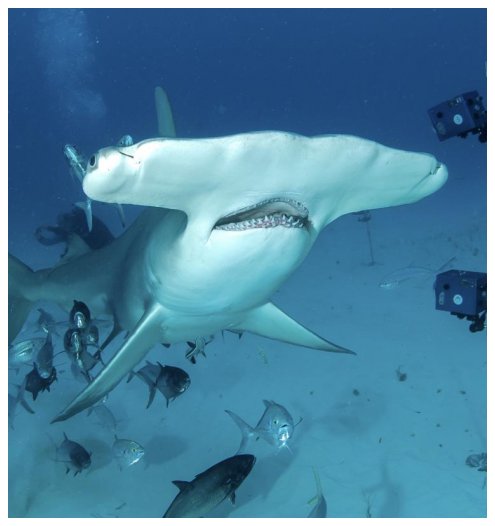Capturing the diversity of animal life in high-resolution 3D color has been largely inaccessible, until development of the Beastcam™ technology. This technology allows biologists to capture the complex body shapes of a wide range of living organisms in high-resolution 3D color, which has launched our Digital Life initative.
One of the most challenging feats is capturing the complex body shapes of living creatures. While CT-scanning and laser scanning can create accurate 3D models of dead animals, capturing the postures, colors, and textures of living animals was inaccessible until recently. In the Irschick lab, we have developed several versions of portable, low-cost, and flexible mult-camera rigs, together forming the Beastcam™ technology. This technology works through the process of digital photogrammetry, which consists of integrating multiple 2D images into a single 3D model. These models offer great value for science, conservation, and education. They can be 3D printed, viewed in virtual reality, and can be accessed on a wide range of computer devices to showcase complex body shapes, colors, and textures. The Beastcam technology can be used in a wide variety of settings, such as in the field, the labroatory, or in zoos or almost any setting in which animals can be found. The Beastcam team has already successfully created a 3D model of a live shark in April of 2016, and we are currently working on creating a variety of other animal species.
Using this technology, we have launched a new imitative called Digital Life that aims to both create and distribute high-resolution 3D models of life on earth. This effort is being done in partnership with various organizations and scientists from all over the world, including zoos, NGOs, and other partners. We have been working with a range of animal species including sea turtles, sharks, marine mammals, frogs, and many others.
Representative publications:
Bot J, Irschick DJ. 2019. Using 3D photogrammetry to create open-access models of live animals using open source 2D and 3D software solutions open source 2D & 3D software solutions. CLIR Reports. ISBN 978-1-932326-60-4 CLIR Publication No. 176 Published by: Council on Library and Information Resources
DeLorenzo L, Vander Linden A, Bergmann P, Wagner G, Siler C, Irschick DJ. 2020. Using 3D‐digital photogrammetry to examine scaling of the body axis in burrowing skinks. Journal of Morphology. 281:1382-1390.
Irschick DJ, Martin J, Siebert U, Kristensen J, Madsen PT, Christiansen F. 2020. Creation of Accurate 3D models of Harbor Porpoises (Phocoena phocoena) using 3D photogrammetry. Marine Mammal Science. https://doi.org/10.1111/mms.12759
Irschick DJ, Bot J, Brooks A, Bresette M, Fossette S, Gleiss A, Gutierrez R, Manire C, Merigo C, Martin J, Pereira M, Whiting S, Wyneken J. 2020. Using 3D photogrammetry to create accurate 3D models of sea turtle species as digital voucher specimens. Herpetological Review. 51:709-715.
Irschick DJ, Corriveau Z, Mayhan T, Siler C, Mandica M, Gamble T, Martin J, Bot J, Zotos S. 2020. Devices and Methods for Rapid 3D Photo-Capture and Photogrammetry of Small Reptiles and Amphibians in the Laboratory and the Field. Herpetological Review. 51:716–725.
